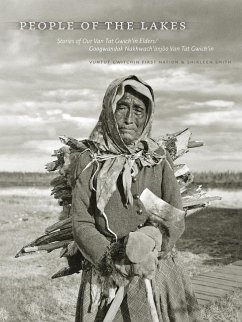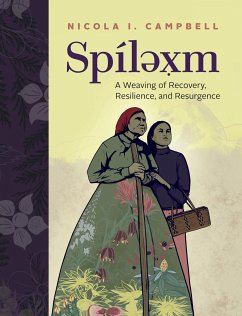
Bordertown Clashes, Resource Wars, and Contested Territories in the Four Corners
The Turbulent 1970s
Herausgeber: Yazzie, Melanie K
Versandkostenfrei!
Versandfertig in über 4 Wochen
17,99 €
inkl. MwSt.

PAYBACK Punkte
9 °P sammeln!
A one-of-a-kind lyrical and fast-paced memoir of the frontlines and trenches of Native liberation in the Four Corners and Southwest in the 1970s. From the late summer of 1972 to the late summer of 1974, John Redhouse and many other Red Power activists put everything on the line to organize mass movements and direct actions for Native liberation. It was an extraordinary time defined by stunning victories and intense struggles. In just a few short years, Redhouse and his contemporaries changed Navajo and Native people’s collective destinies. So profound was their impact that it can still be fe...
A one-of-a-kind lyrical and fast-paced memoir of the frontlines and trenches of Native liberation in the Four Corners and Southwest in the 1970s. From the late summer of 1972 to the late summer of 1974, John Redhouse and many other Red Power activists put everything on the line to organize mass movements and direct actions for Native liberation. It was an extraordinary time defined by stunning victories and intense struggles. In just a few short years, Redhouse and his contemporaries changed Navajo and Native people’s collective destinies. So profound was their impact that it can still be felt fifty years later. Written in the first-person with a spirit of generosity and witness, John Redhouse describes the fever pitch of the times, focusing on the racist and exploitative bordertowns in the Four Corners area of the Southwest region. He interweaves a piercing critique of violence against Navajo people in reservations bordertowns with a condemnation of the violence that rapidly growing mineral extraction in and around the Navajo Nation introduced to Navajo life. As a firsthand participant in some of the most important twentieth-century struggles against this manifold violence, Redhouse is one of only a few grassroots intellectuals who can tell this story. Bordertown Clashes, Resource Wars, Contested Territories: The Four Corners in the Turbulent 1970s brings readers to the enduring struggle for Native liberation, traced over half a century ago, where John Redhouse and many more led a revolution that continues to this day.



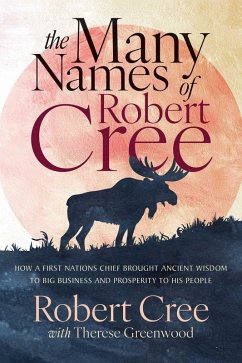
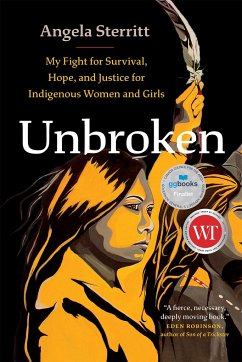
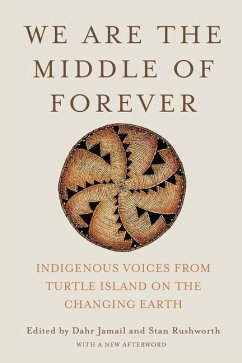
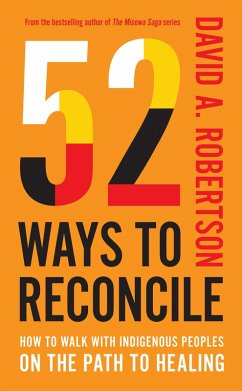
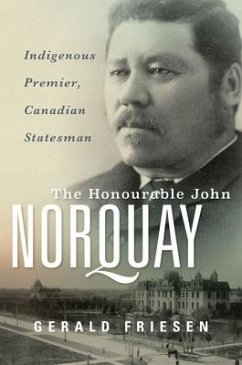
![A Selection of Some of the Most Interesting Narratives of Outrages, Committed by the Indians, in Their Wars, With the White People [microform]: Also, Cover A Selection of Some of the Most Interesting Narratives of Outrages, Committed by the Indians, in Their Wars, With the White People [microform]: Also,](https://bilder.buecher.de/produkte/64/64533/64533156n.jpg)
